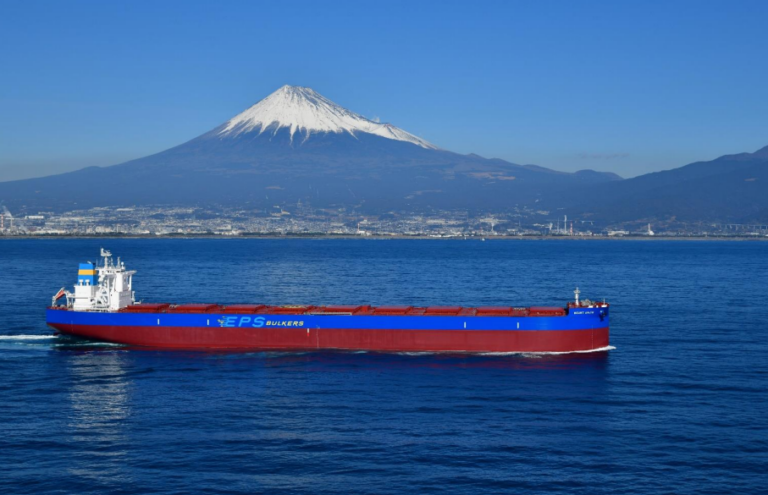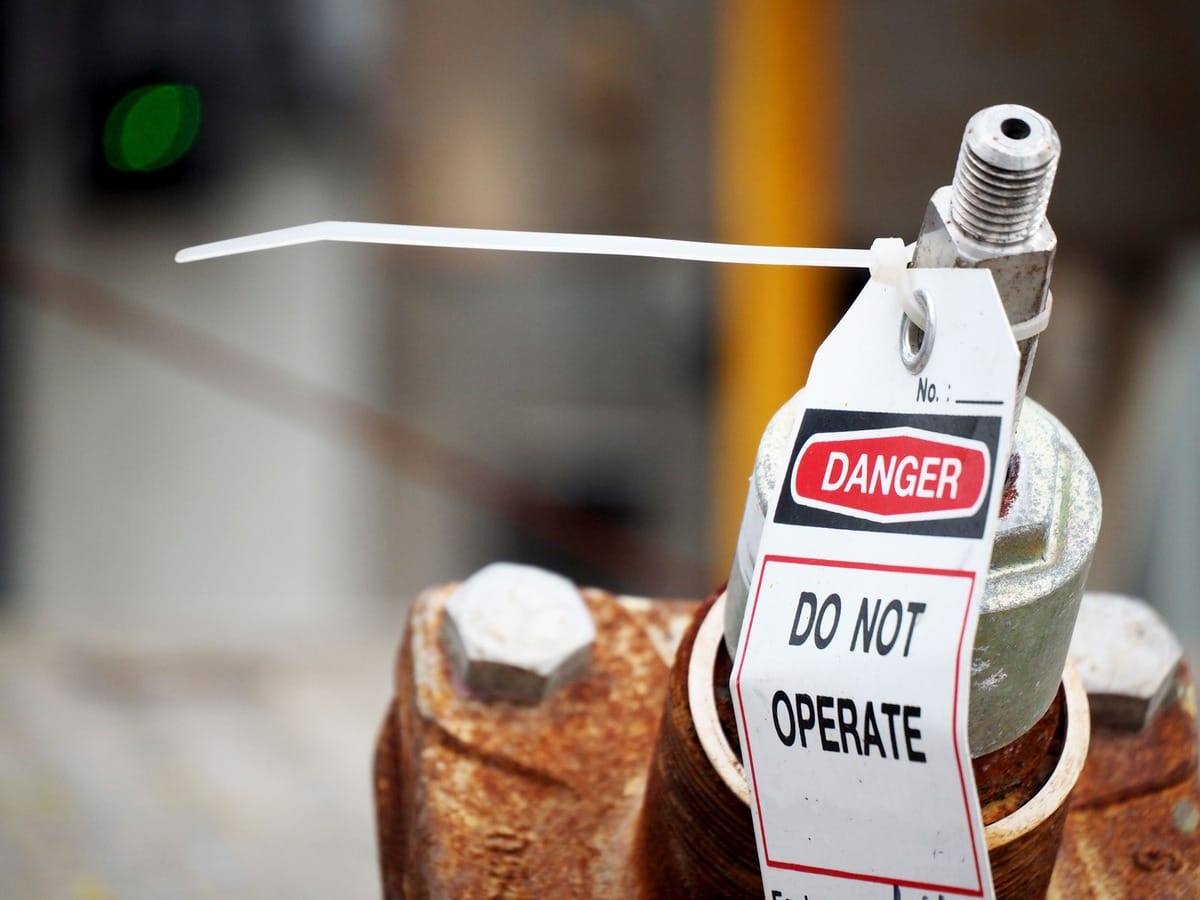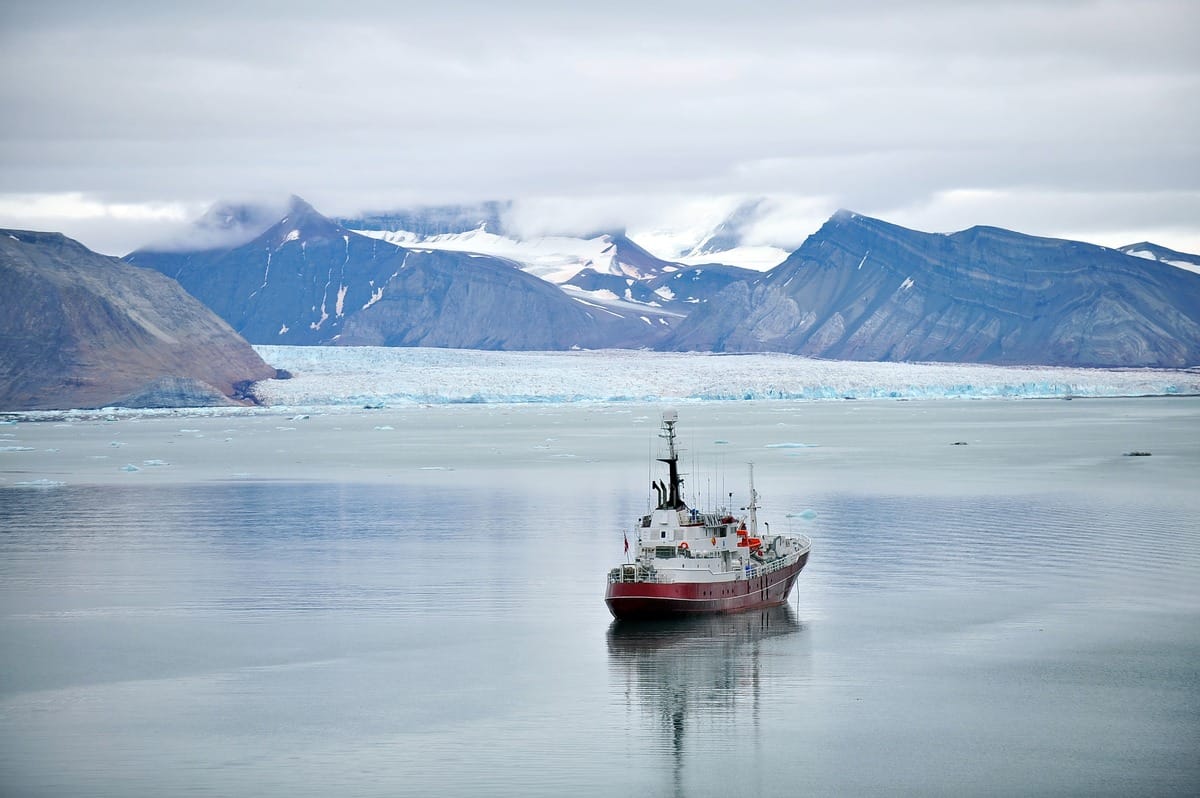The Yokohama-headquartered shipbuilding player Japan Marine United Corporation (JMU) has delivered the eco-friendly 211,981 […]
The post JMU celebrates delivery of new eco-friendly 211,981 dwt bulk carrier appeared first on Offshore Energy.
The Yokohama-headquartered shipbuilding player Japan Marine United Corporation (JMU) has delivered the eco-friendly 211,981 dwt bulk carrier Mount Anjin built for Singapore-based Eastern Pacific Shipping (EPS).

As informed, the newbuilding was handed over on February 6, 2025, at the Tsu Shipyard in Mie prefecture on the southeast coast of Japan. According to EPS, this is the first Newcastlemax unit under the company’s ownership to be constructed by JMU.
The vessel features an overall length of 299.99 meters, a beam of 50 meters, a depth of 25 meters, and a draft of 18.4 meters., with a gross tonnage of 108,999 tons.
According to JMU, the bulker is the first unit built under a new N211BC design, described as a successor to the older J Series 211BC design. Despite being a ‘new’ concept, the company shared that Mount Anjin blends the legacy of the earlier series with “the latest” in energy-saving technologies.
Specifically, the Liberia-flagged newbuild is said to feature JMU’s proprietary technology, such as the Super Stream Duct, which is believed to cut energy use by roughly 3%, the Surf-Bulb—an energy-saving device that is said to ‘increase’ propulsive force and slash energy consumption by around 3-7%—and the ALV-Fin (advanced low viscous resistance fin), described as aiding in better propulsive efficiency.
The bulker has reportedly been fitted with a sulfur oxide (SOx) scrubber, a device that cleans the exhaust gases from the main engine and generator sets by washing them with seawater dispersed within the unit, thereby separating and absorbing SOx, thus reducing its emission into the atmosphere.
It is understood that the Newcastlemax meets the Tier III requirements for nitrogen oxides (NOx) as well as the Phase III stipulations of the Energy Efficiency Design Index (EEDI).
What is more, Mount Anjin possesses a LEADGE Bow design for the bow, along with a low wind-pressure accommodation area, which has improved its operational performance in real sea conditions, as per the company.
In April 2024, JMU teamed up with compatriot Nippon Yusen Kabushiki Kaisha (NYK) to work on an analysis and evaluation method for the evaluation of ship performance in actual seas before construction is wrapped up.
Namely, since voyages in calm seas with no wind and waves are rare, with the obligation to identify ships that have good propulsion performance in actual weather conditions falling on shipping companies, the partners embarked on an endeavor to understand a vessel’s performance in actual seas before the conclusion of a shipbuilding contract and, thus, aid in reducing greenhouse gas (GHG) emissions by procuring highly fuel-efficient units.
Related Article
-
NYK, JMU: New method to evaluate ship performance in actual seas
Research & Development
In other recent news, JMU, which has been committed to constructing environmentally friendly ships in line with global sustainability requirements, was chosen in late January 2025 for Japan’s Ministry of the Environment and Ministry of Land, Infrastructure, Transport and Tourism’s collaborative project called “Promotion of Zero-Emission Ship Construction” that is centered on creating a domestic production line for zero-emission and similar vessels and ‘strengthening’ the country’s position within green ship production ahead of the global market.
Content Original Link:
" target="_blank">























































